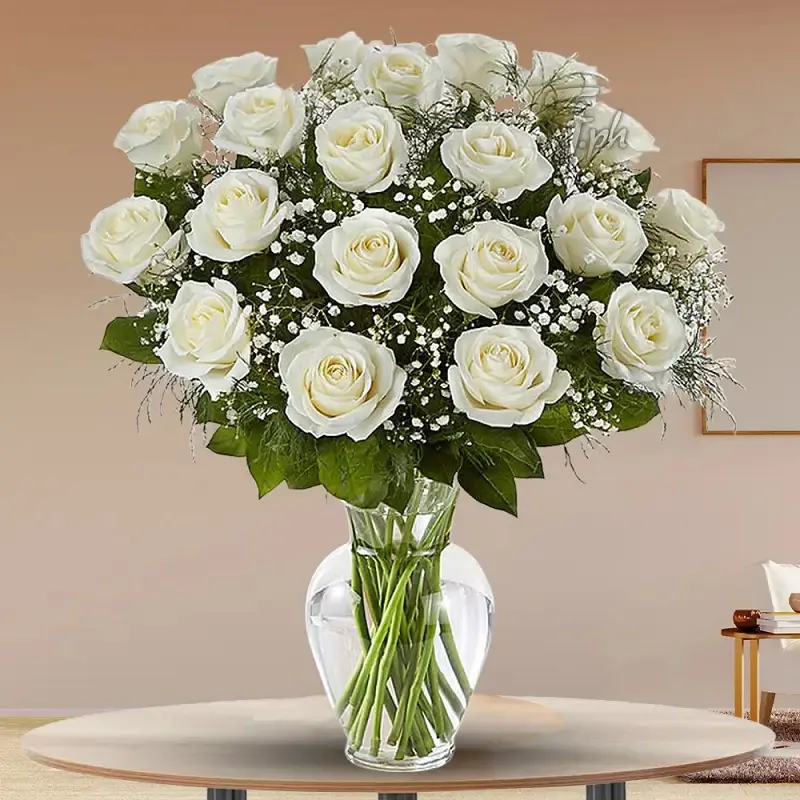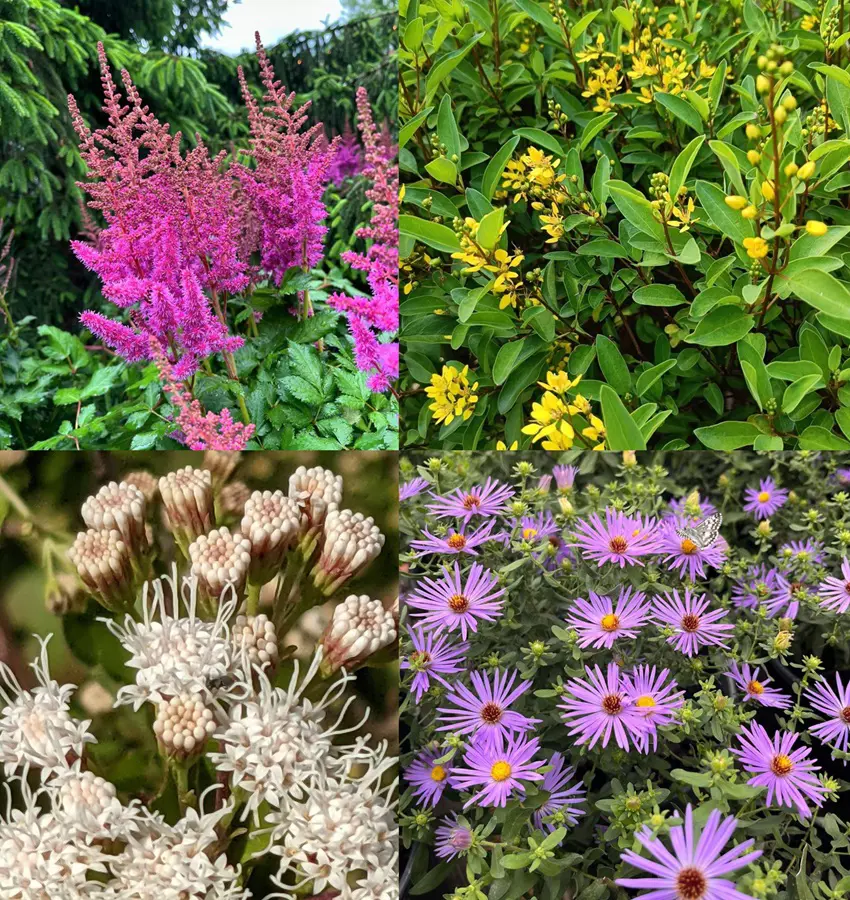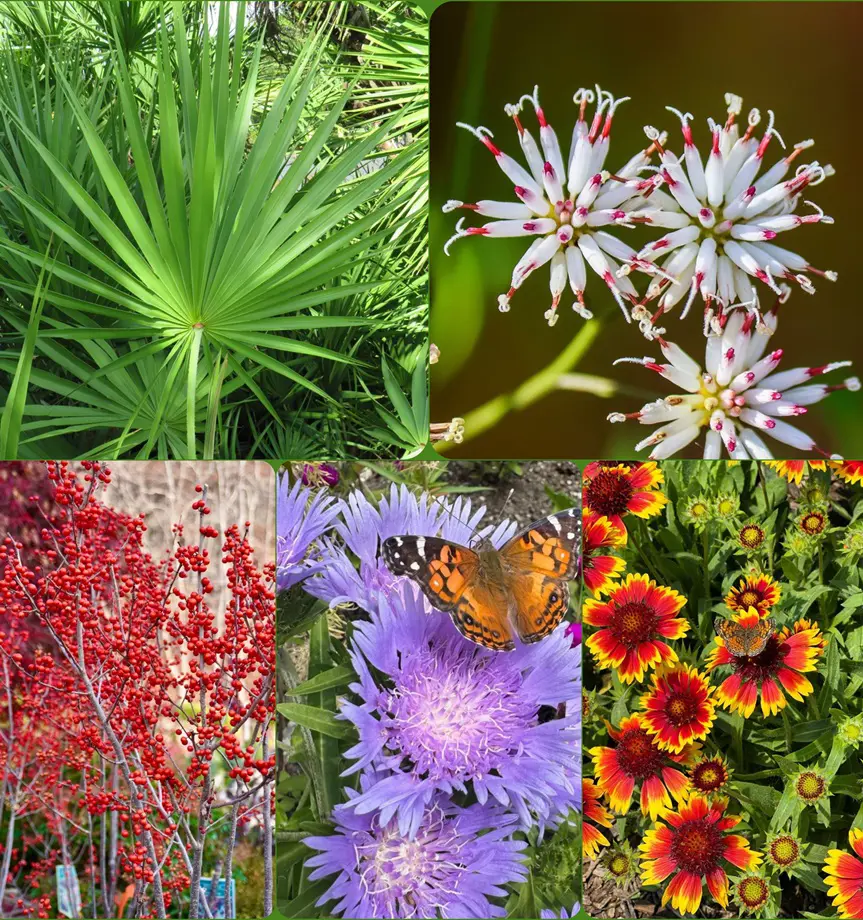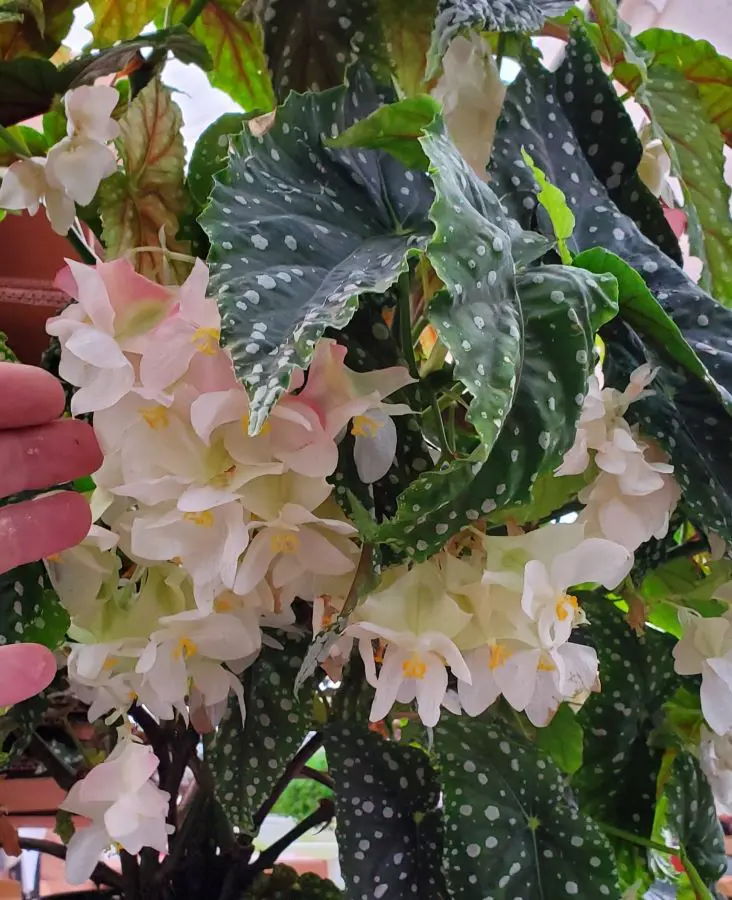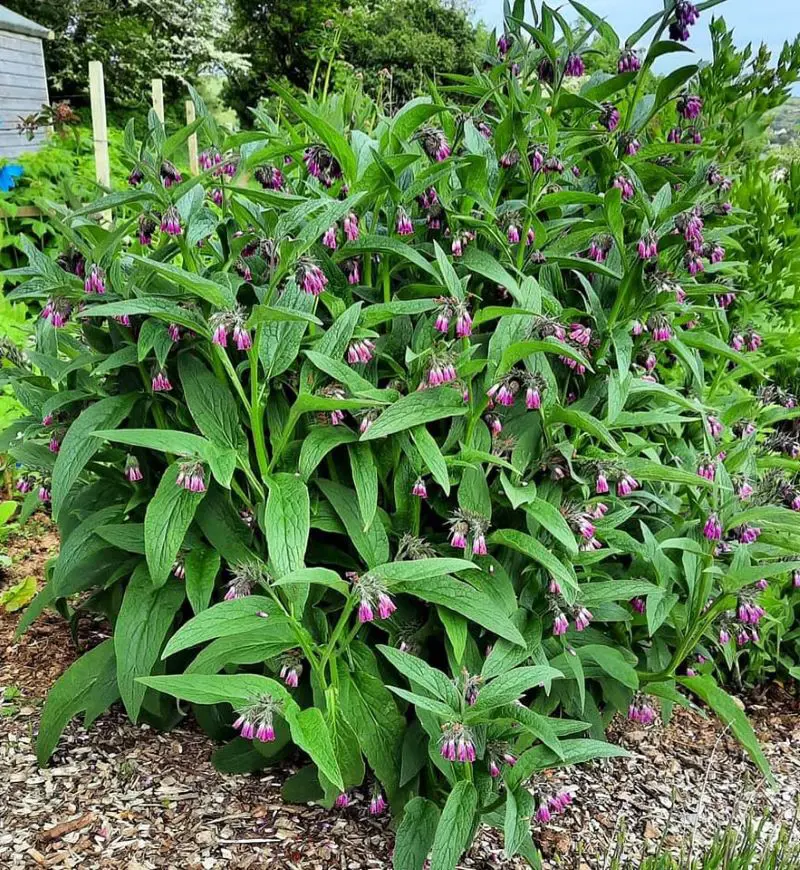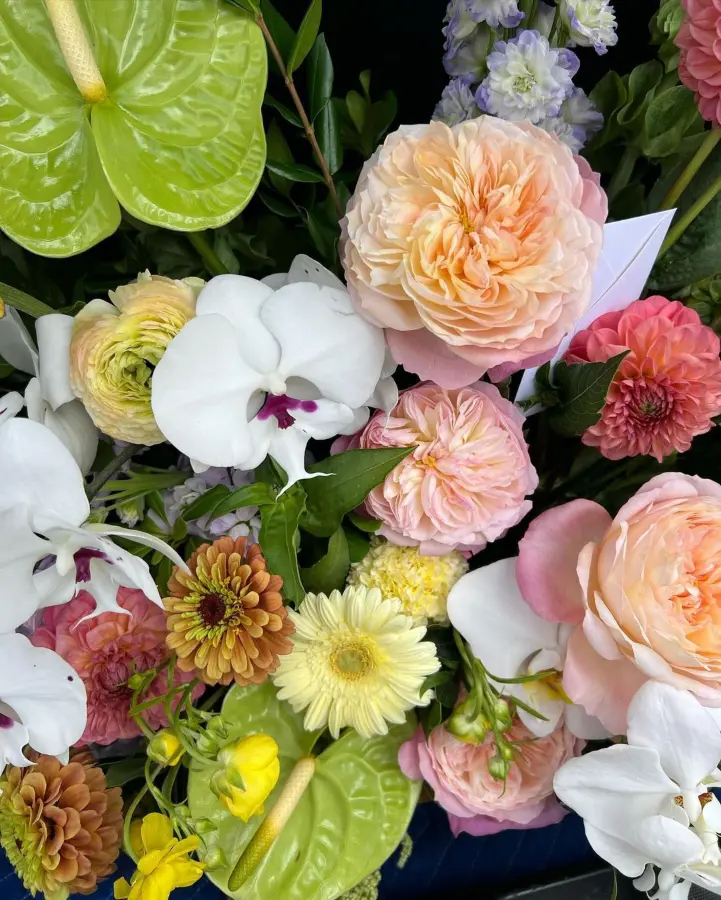Sympathy flowers have long been a heartfelt gesture to express condolences and offer comfort during times of loss. They convey emotions that words often fail to capture, providing solace and a sense of peace.
Each flower type carries its unique meaning, adding layers of significance to the arrangement. In this article, we explore 20 different sympathy flowers and delve into their meanings.
1. Lilies
Meaning
Lilies are perhaps the most common and well-known flowers used in sympathy arrangements. They symbolize the restored innocence of the soul of the deceased. The white lily, in particular, represents purity and virtue.
Significance
Lilies are often associated with funerals and memorial services, making them a staple in sympathy bouquets. Their elegant appearance and subtle fragrance provide a sense of calm and peace, which is comforting to those who are mourning. The ethereal quality of lilies often symbolizes the spiritual journey of the deceased, offering a visual representation of purity and transition.
2. Roses
Meaning
Roses come in various colors, each with its own specific meaning. Red roses symbolize love and respect, while white roses represent purity, innocence, and reverence. Yellow roses convey friendship, and pink roses signify grace and gratitude.
Significance
Roses can be incorporated into sympathy arrangements in many ways, from standing sprays to casket covers. Their versatility and deep symbolism make them a meaningful choice for expressing condolences. The timeless beauty of roses and their strong association with love and respect make them ideal for honoring the memory of a loved one. Their vibrant colors can also help celebrate the life of the deceased, bringing a touch of warmth and beauty to somber occasions.
3. Carnations
Meaning
Carnations are known for their long-lasting nature and come in several colors, each carrying a different meaning. White carnations symbolize pure love and innocence, while red carnations convey admiration. Pink carnations are often associated with remembrance.
Significance
These flowers are often used in sympathy wreaths and sprays. Their ability to stay fresh for an extended period makes them a practical and heartfelt choice for expressing sympathy. Carnations' ruffled petals and rich hues add texture and depth to arrangements, while their endurance symbolizes the lasting impact of the deceased's life on those who remain.
4. Chrysanthemums
Meaning
Chrysanthemums, or "mums," have different meanings across cultures. In many European countries, they are solely used for funerals and symbolize death and mourning. In the U.S., they represent truth and the longevity of the soul.
Significance
These flowers are commonly used in funeral arrangements due to their bold appearance and significant meaning. They add a touch of formality and respect to any sympathy bouquet. Chrysanthemums' large blooms and variety of colors make them versatile, and their cultural significance enhances the expression of grief and reverence during funerals.
5. Orchids
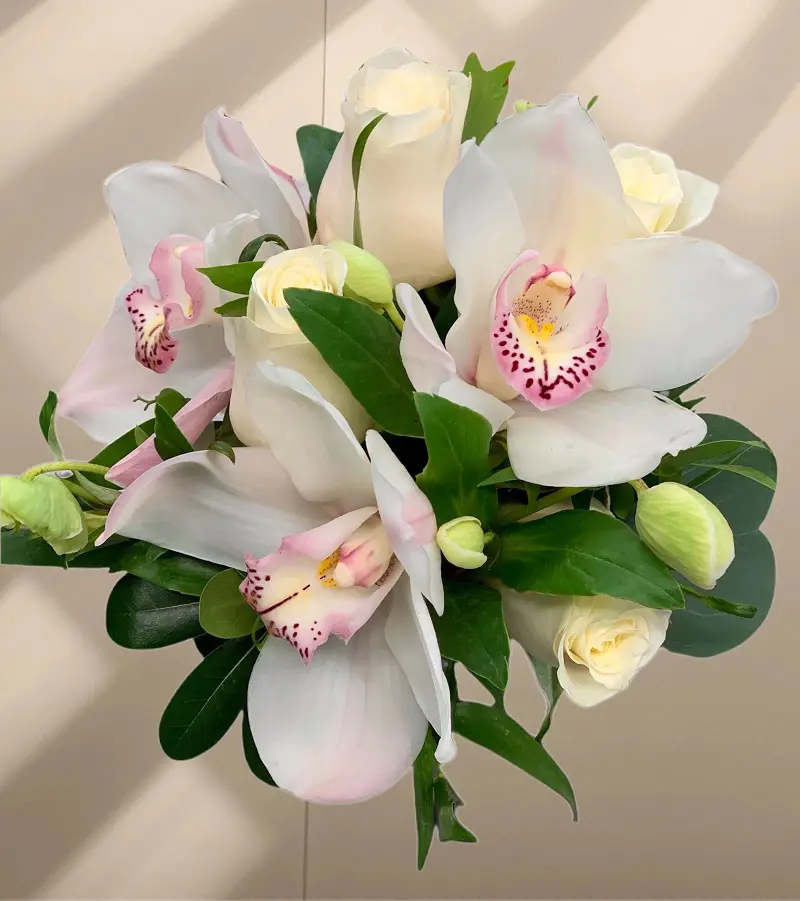
Meaning
Orchids convey everlasting love and delicate beauty. They are a symbol of refined and elegant sentiments. The most common orchid used in sympathy arrangements is the white and pink varieties.
Significance
Orchids make a sophisticated and exotic addition to sympathy flowers. They are often included in potted plant arrangements that can be kept as a long-lasting tribute. The graceful, intricate blooms of orchids represent the unique and cherished qualities of the deceased, offering a lasting reminder of their elegance and the love they leave behind.
6. Gladioli
Meaning
Gladioli, with their tall, majestic spikes, symbolizes the strength of character, integrity, and sincerity. They are named after the Latin word "gladius," meaning sword, due to their sword-like appearance.
Significance
These flowers are ideal for creating impressive and stately funeral arrangements. They convey a message of moral integrity and sincerity, making them a poignant choice for sympathy flowers. Gladioli's towering presence in arrangements signifies the strong, upright character of the deceased, serving as a powerful tribute to their life and legacy.
7. Daisies
Meaning
Daisies symbolize innocence, purity, and loyal love. They can also represent new beginnings and hope.
Significance
Daisies add a touch of lightness and brightness to sympathy arrangements, offering a sense of hope and renewal. They are often used in mixed bouquets and arrangements. The simplicity and cheerfulness of daisies can provide a gentle reminder of the simple joys and pure moments shared with the deceased, bringing a subtle comfort to those in mourning.
8. Hydrangeas
Meaning
Hydrangeas symbolize heartfelt emotions, gratitude, and understanding. They are known for their lush, full blooms.
Significance
These flowers are often used in sympathy arrangements for their ability to convey deep emotions. Their voluminous blooms make them a striking addition to any bouquet. Hydrangeas' abundant, clustered flowers symbolize the depth of feeling and the communal support that surrounds the grieving family, reflecting the collective strength and shared sorrow of those who gather to mourn.
9. Forget-Me-Nots
Meaning
As the name suggests, forget-me-nots symbolize remembrance and enduring love. They are a poignant reminder of cherished memories.
Significance
These delicate flowers are often used in sympathy arrangements to convey a message of lasting remembrance. They add a touch of gentleness and sentimental value. The small, blue blossoms of forget-me-nots remind mourners of the enduring impact of the deceased on their lives, ensuring that their memory will not fade with time.
10. Tulips

Meaning
Tulips come in various colors, each with its meaning. White tulips symbolize forgiveness and worthiness, red tulips represent love, and yellow tulips convey cheerful thoughts.
Significance
Tulips bring a sense of grace and beauty to sympathy arrangements. Their simple yet elegant appearance makes them a thoughtful choice for expressing condolences. The vibrant, upright blooms of tulips symbolize renewal and hope, offering a promise of better days ahead to those who are grieving.
11. Irises
Meaning
Irises are symbols of faith, hope, and wisdom. The Greek goddess Iris was considered a messenger who traveled on a rainbow, which is reflected in the flower's vibrant colors.
Significance
Irises are often included in sympathy arrangements for their spiritual significance and striking appearance. They offer a message of hope and faith during difficult times. The elegant, sword-like leaves and delicate petals of irises serve as a reminder of the divine connection and wisdom that can guide the bereaved through their sorrow.
12. Sunflowers
Meaning
Sunflowers symbolize adoration, loyalty, and longevity. They are often associated with the sun's warmth and light.
Significance
Sunflowers bring a sense of warmth and positivity to sympathy arrangements. Their bright and cheerful appearance can offer comfort and a reminder of the enduring nature of love. The large, sunny faces of sunflowers can lift the spirits of those in mourning, symbolizing the light and love that the deceased brought into the world.
13. Hyacinths
Meaning
Hyacinths symbolize deep sorrow and forgiveness. They are often associated with the story of Hyacinthus in Greek mythology.
Significance
These fragrant flowers are used in sympathy arrangements to convey a message of sorrow and repentance. Their unique scent adds a sensory element to the bouquet. Hyacinths' lush, clustered blooms and evocative fragrance provide a poignant reminder of the deep emotions and the journey of forgiveness that often accompany loss.
14. Azaleas
Meaning
Azaleas symbolize temperance, fragility, and passion. They are also seen as a symbol of family and domestic happiness.
Significance
Azaleas are often used in potted plant arrangements that can be kept as a living tribute. Their vibrant colors and delicate blooms offer a message of comfort and hope. The enduring beauty of azaleas in a living plant form serves as a lasting tribute to the deceased, symbolizing the ongoing presence of their spirit in the lives of their loved ones.
15. Anemones

Meaning
Anemones symbolize anticipation and fading hope. They are named after the Greek word for "wind," reflecting their delicate and transient nature.
Significance
Anemones add a touch of elegance and depth to sympathy arrangements. Their unique appearance and symbolism make them a thoughtful choice for expressing condolences. The delicate petals of anemones remind us of the fleeting nature of life and the enduring impact of the deceased's spirit.
16. Camellias
Meaning
Camellias symbolize admiration, perfection, and excellence. White camellias represent purity and love, while pink camellias convey longing and desire.
Significance
These flowers are often used in sympathy arrangements to convey a message of admiration and respect. Their refined appearance makes them a fitting tribute to a loved one. The lush, symmetrical blooms of camellias reflect the admiration and high regard in which the deceased was held, offering a dignified and beautiful farewell.
17. Violets
Meaning
Violets symbolize modesty, humility, and faithfulness. They are often associated with loyalty and devotion.
Significance
Violets add a touch of humility and grace to sympathy arrangements. Their small, delicate blooms convey a message of quiet strength and devotion. The gentle, unassuming beauty of violets serves as a reminder of the steadfast love and loyalty that the deceased inspired in their loved ones.
18. Poppies
Meaning
Poppies symbolize eternal sleep, peace, and consolation. Red poppies are particularly associated with remembrance of those who have passed away.
Significance
Poppies are often used in sympathy arrangements, especially in cultures where they hold significant meaning in remembrance of the deceased. Their bold appearance makes a powerful statement. The vivid red blooms of poppies evoke the memory of those who have gone before us, serving as a symbol of peace and eternal rest.
19. Lavender
Meaning
Lavender symbolizes calm, serenity, and grace. It is often associated with healing and tranquility.
Significance
Lavender is used in sympathy arrangements to provide a sense of peace and calm. Its soothing fragrance and delicate purple blooms offer comfort during times of grief. The calming presence of lavender helps to create a serene atmosphere, providing a sense of solace and healing for the bereaved.
20. Statice

Meaning
Statice, also known as sea lavender, symbolizes remembrance and sympathy. It is often used to express lasting affection.
Significance
These flowers are commonly included in sympathy arrangements due to their long-lasting nature. They provide a message of enduring remembrance and sympathy. The resilience and longevity of statice symbolize the lasting impact of the deceased's life and the enduring love and memory they leave behind.
